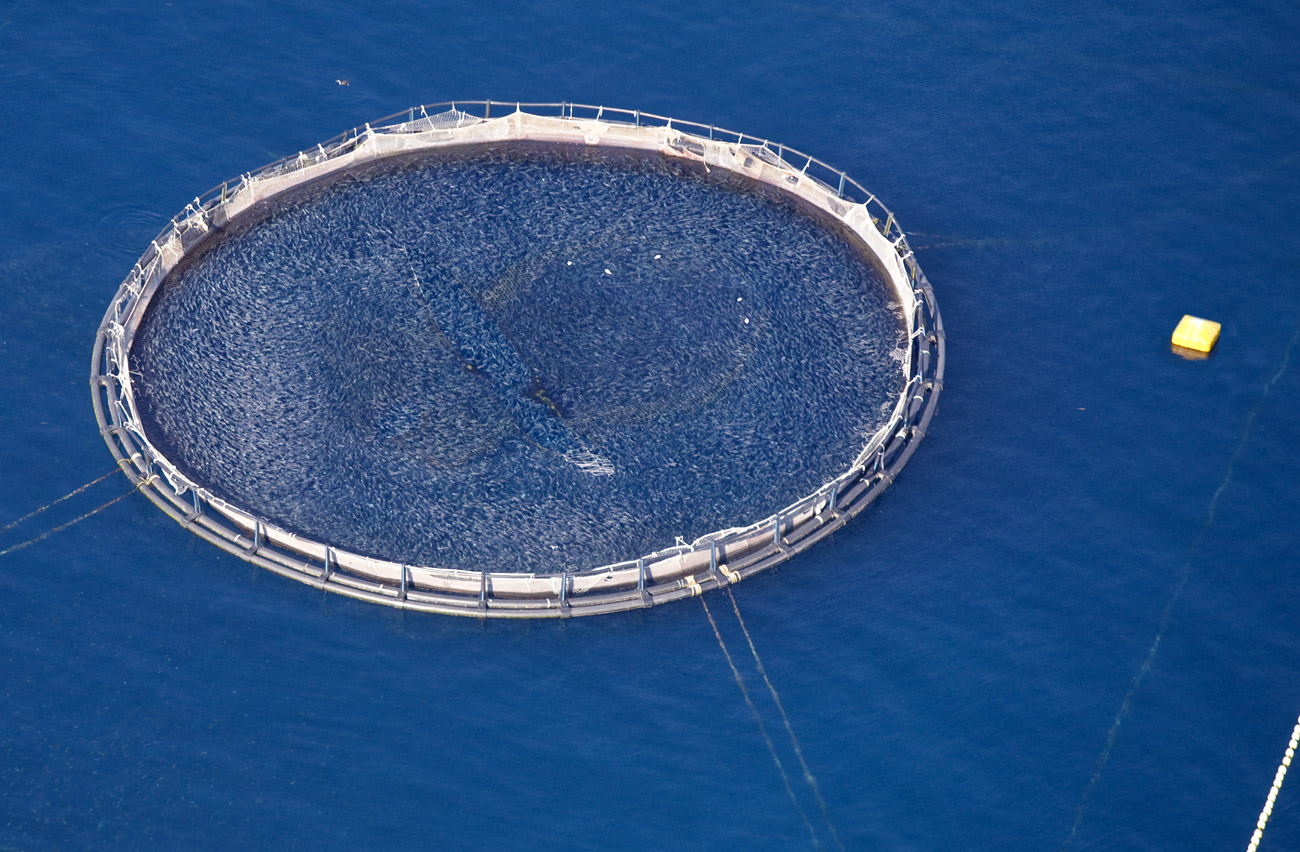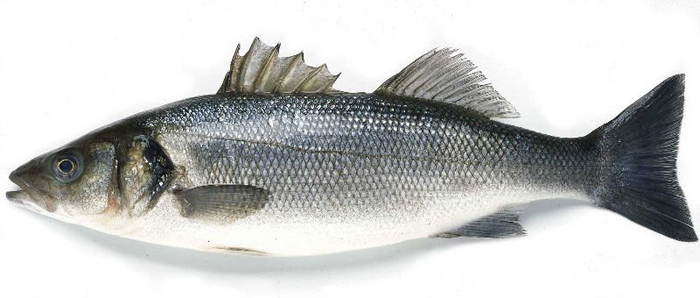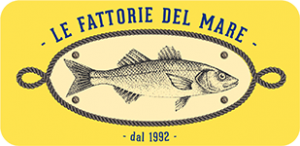
FISHES


Description
The gilthead seabream is distinguished by having a highly convex head profile and a slightly shorter lower jaw than the upper jaw. The body is oval, tall, and compressed. The dorsal fin is single with 11 spiny rays and 12-13 soft rays. The back is bluish-gray and the sides are silvery with thin longitudinal gray lines. A black band and a golden band are interposed between the eyes. The scapular region is black. The dorsal fin is bluish-gray.
The maximum length of the gilthead seabream is 70 cm, but the most common range is between 20 and 50 cm; it can reach a weight of approximately 10 kg.
GILTHEAD SEABREAM (Sparus Aurata)
Distribution and Habitat
The gilthead seabream is present throughout the Mediterranean basin and in the eastern Atlantic, from the southern tip of the British Isles to Capo Verde. It is a strictly a coastal fish and lives between 5 and 150 meters from the shore. It is a euryhaline species that can often be found in lagoons and estuaries, but it is extremely sensitive to low temperatures. It is very common in Italian seas.
Fishing and Farming
The gilthead seabream is the target of sport and commercial fishing on all the Mediterranean Sea. Aquaculture farming is rapidly growing and is an important aspect of the economy along the entire European Mediterranean coast.
Cuisine
It is a fish with very prized meat, almost boneless, comparable if not superior to seabass. It can be cooked whole in the oven, salt-baked, stuffed, grilled, or in court-bouillon, but it can also be filleted and cooked as fillets.

Description
The sea bass has a rather streamlined body, lightly compressed on the sides. The head is elongated and is characterized by having a straight forehead. The mouth is large, and can slightly extend to a tube when open, reaching the eyes, which are quite small. The lower jaw protrudes slightly over the upper jaw. There are two dorsal fins, separated by a space; the first dorsal fin is formed by 8-10 spiny rays, the second by 12-13 soft rays. Clear lateral line. The coloration is silvery on the sides with a white belly and a silvery-gray back, sometimes with golden, greenish, or bluish reflections. A black spot is present on the upper edge of the gill cover. The maximum length of the sea bass is around 100 cm, with an average length of about 50 cm. It can reach a weight of over 10 kg.
SEA BASS (Dicentrarchus labrax)
Distribution and Habitat
The sea bass is found in the temperate and subtropical northeastern Atlantic from Norway to Senegal, in the Mediterranean Sea, and the Black Sea. It is a strictly coastal fish that inhabits various environments near the shore. It is a euryhaline species and regularly enters brackish waters of lagoons and river mouths, especially in summer. It can occasionally be found in completely fresh waters.
Fishing and Farming
Sea bass is one of the most prized fish species and is a highly sought-after catch by sport fishermen. It is also farmed in several Mediterranean countries, where it is the most important species for aquaculture. The main producers are Greece, Turkey, Italy, Spain, Croatia, and Egypt. It is mainly farmed in lagoons. It was the first marine fish (excluding salmonids) to be farmed in Europe. Both intensive and extensive farming techniques are employed.
Cuisine
Sea bass is highly valued in cuisine for its firm, tasty, and boneless meat. It can be grilled, baked in parchment, salt-baked, or cooked in court-bouillon. It can also be served raw in fillets, accompanied by various sauces.
PRODUCTS | Fattorie del Mare
